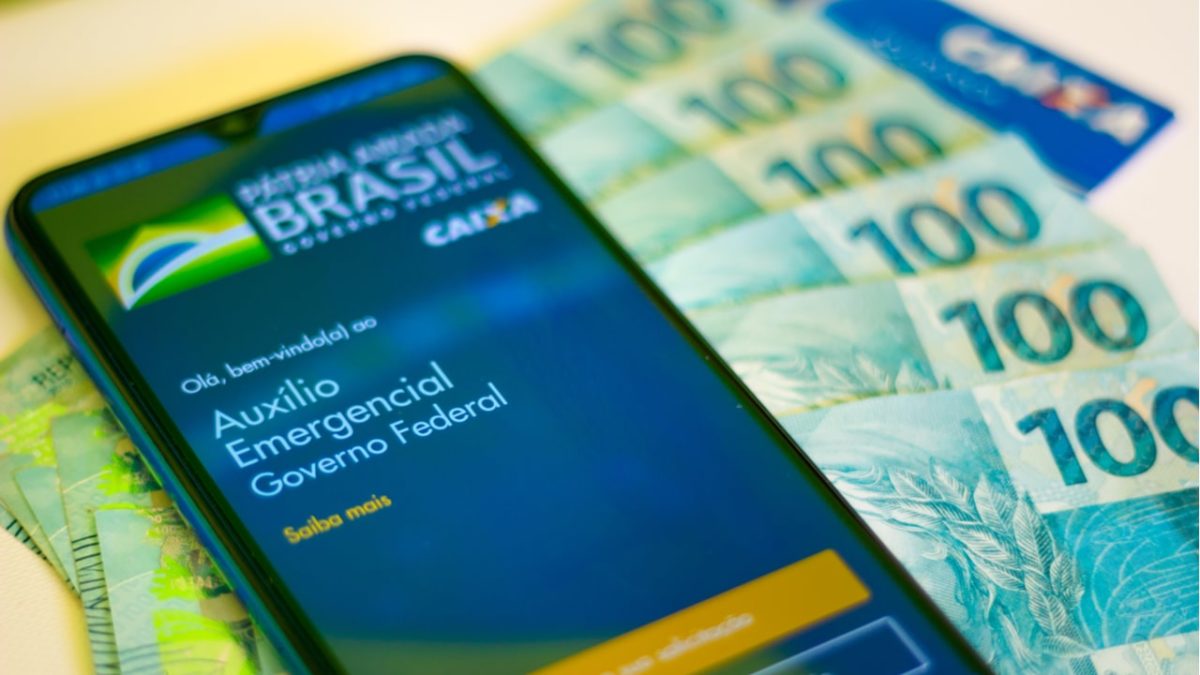RIO DE JANEIRO, BRAZIL – The monthly R$600 (US$120) emergency aid distribution to half of the Brazilian population made the country record its lowest extreme poverty rate in 44 years in June, according to a survey by IBRE/FGV (Brazilian Institute of Economics of the Getúlio Vargas Foundation).

Between May and June, the number of Brazilians living below the poverty line dropped from 8.8 million (4.2 percent) to 6.9 million (3.3 percent). Families living on less than R$154 per month per person are classified as living in extreme poverty.
This is the criterion used by the United Nations (UN), which classifies as extreme poverty the situation of people with a per capita family income below US$1.90 per day, using 2011 purchasing power parity. The IBRE has updated this figure, considering the accumulated inflation since then.
The study also found that the emergency aid distribution influenced the drop in the poverty rate – which takes into account those living on up to R$457 per month.
The number of Brazilians below the poverty line fell from 50 million (23.8 percent) in May to 46 million (21.7 percent) in June.
IBGE data may vary according to methodology
The IBRE/FGV survey considers all household surveys conducted by the IBGE (Brazilian Institute of Geography and Statistics) since 1976. According to FGV researcher Daniel Duque, surveys began to be regular and similar to the methods adopted until today from that year onwards.
Nevertheless, the survey findings are an estimate, as the difference in methodology in each survey interferes with the results.
In May and June, the survey’s database was the PNAD Covid-19, a survey conducted by the IBGE by telephone involving over 190,000 households per month during the pandemic. For preceding months and years, the data were collected from the Continuous PNAD (Continuous National Household Sample Survey) or the PNAD (National Household Sampling Survey), also conducted by the IBGE, but using different methodologies.
Despite the variation, Duque considers it safe to say that the country reached its lowest level of extreme poverty in June as a result of the emergency aid outreach.
Source: UOL

